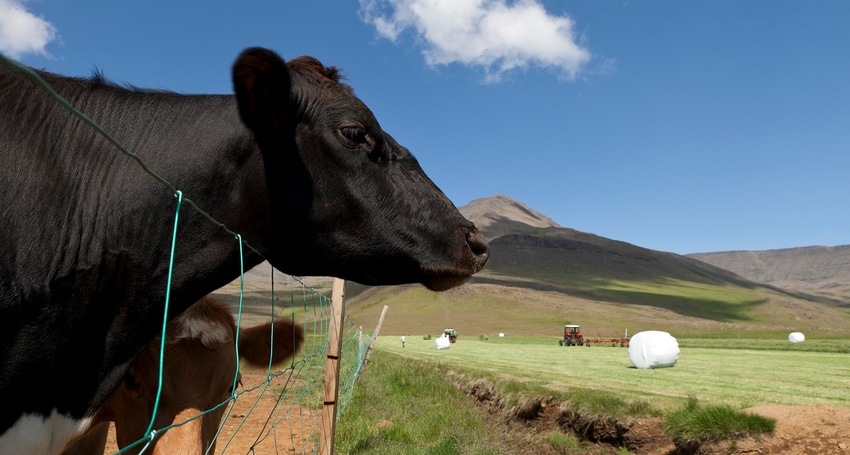
The fall calf marketing season is upon us. In most years, this means that auction volumes increase, and prices of calves and stockers decrease to seasonal lows. This year is likely to be different. Current prices for calves are roughly 18 percent higher than March/April prices and heavy feeder cattle prices are higher than spring by over 30 percent.
Feeder cattle prices are sharply higher this year compared to one year ago. Feeder steers and heifer prices at Oklahoma auctions are higher by 45 -55 percent compared to the end of September 2022.
Volumes at Oklahoma auctions are down by 9.4 percent in 2023 through the end of September compared to one year ago. That amounts to a reduction in feeder cattle sales of over 95,000 head so far this year. The decrease in auction volumes has been greater in the second half of the year with weekly volumes down by 22.8 percent since the middle of the year. The volume of feeder cattle is expected to be smaller year over year even as seasonal volumes increase in October and November. Though there are no strong, clear indications of heifer retention yet, the percent of heifers in auction volumes has been lower in August and September, about 40 percent, compared to an average of just over 44 percent in the first seven months of the year.
Winter wheat grazing is an important cattle production activity in Oklahoma and surrounding regions of the southern plains. Demand for wheat pasture stocker cattle helps support calf prices in the fall and depends on the development of wheat pasture. The latest crop progress report shows that wheat planting is slower than usual with 18 percent of Oklahoma wheat planted as of September 24, down two percent from last year and seven percent below the five-year average of 25 percent for the date. Reemerging dry conditions is limiting wheat pasture development this fall.
The situation for cull and replacement cows is similar to feeder cattle with sharply higher prices and reduced volumes year over year. Average auction prices for cull cows in Oklahoma are about 35 percent higher this fall compared to last year. The auction volume of cull cows is down 15.5 percent for the year to date but is down 43.2 percent since mid-year. The volume of bred and breeding cows is down 28.0 percent for the year to date and down 45.6 percent since the end of June. Auction prices for bred cows are up roughly 50 percent year over year. I am hearing anecdotal reports of bred cow prices jumping sharply this fall.
Hay supplies are improved from a year ago and pastures are in somewhat better shape compared to last year. The latest pasture conditions rate Oklahoma with 38 percent poor to very poor compared to last year at this time when 75 percent of pastures were poor to very poor. However, many producers report that low stock water remains a serious concern in many regions. Cattle producers will enjoy near record cattle prices this fall but continue to face numerous production and cost challenges. Hopefully the emerging El Niño will bring broad-based moisture improvements this winter and set up better conditions for 2024.
About the Author(s)
You May Also Like




